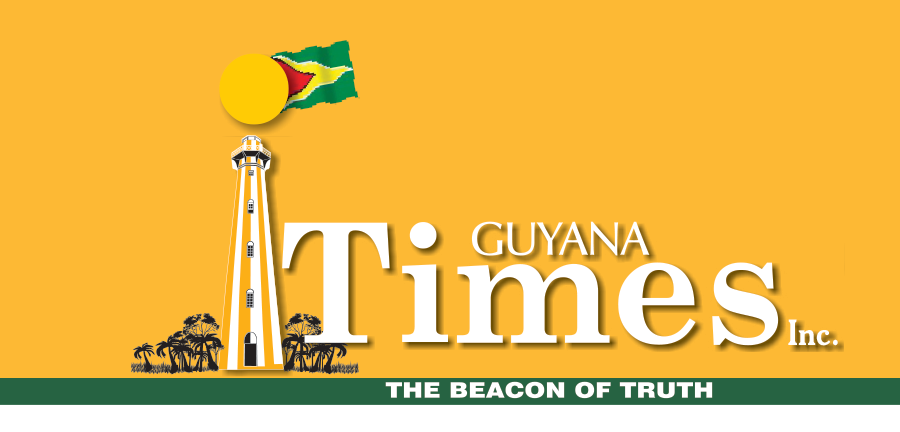In light of the rainy season that is being experienced, the Health Ministry is on the lookout for potential water-borne diseases that may come with flooding.

Subject Minister, Dr Frank Anthony on Thursday reminded that contact with contaminated floodwaters could lead to skin infections. Medical workers have been prepared to identify and treat such cases, and he called on persons to limit their contact with floodwaters.
“We also have to look out that children and other persons might be walking in contaminated water. In many instances, it can cause some kinds of skin infections and irritation, so we have to be on the lookout for those. If the area is really flooded, then you can have rodents that would go into the homes of people and stay there. We would look out for things like leptospirosis. These are things that we normally do and doctors at the health centres are prepared to make that diagnosis,” said Dr Anthony.
The Minister pointed out that treating water before drinking is also recommended to limit diseases.
“We want to make sure that the water we’re using is not contaminated. To prevent contamination, the easiest thing to do is to boil the water. If we do that, whatever bacteria is in the water can be eliminated. In some instances, if you have chlorine, you can add it to water to help purify the water. There are chlorine tablets available and instructions on how to use those,” he explained.
Guyana is bracing for another tropical wave this weekend, the Hydrometeorological Service has announced. This is likely to increase rainfall activity.
The Hydrometeorological Service had also predicted that there would be above-normal rainfall over most of Guyana between May and July. The forecast for this period indicates that the highest rainfall totals and the possibility of flash flooding were expected to peak in May and June.
According to the seasonal forecast issued, rainfall amounts and frequency are expected to increase as the season progresses. It has been noted that as the rainy season progresses, water levels in the conservancies, reservoirs, and rivers across all regions are likely to increase. The potential of flooding because of rain is also expected to increase throughout this month.
The highest amount of rainfall is to be expected in Regions Three (Essequibo Islands-West Demerara); Seven (Cuyuni-Mazaruni); Eight (Potaro-Siparuni) and 10 (Upper Demerara-Berbice). However, all other regions can still expect higher-than- normal rainfall.
The temperature outlook suggests that except for some areas in Regions One (Barima-Waini) and 10, all other areas can expect cool as usual to cooler (below-normal) night-time temperatures. Warmer-than-usual (above-normal) day-time temperatures can be expected in northern regions, while cooler-than-usual temperatures can be expected in the south.
The bulletin also noted that an increasing number of wet days and wet spells, coupled with high tides, could lead to water accumulation in coastal regions, and disruption to transport and the possibility of landslides in hinterland areas.
Since the beginning of May, Guyana has been subjected to increased rainfall. However, this has not resulted in any major accumulation of water or flooding countrywide. The last major occurrence of inundation was in June 2021, when torrential rains resulted in mass flooding countrywide. More than 50,000 households were affected.
Discover more from Guyana Times
Subscribe to get the latest posts sent to your email.











